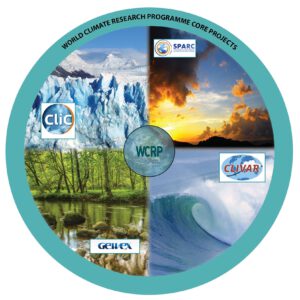The Tropospheric Ozone Assessment Report (TOAR) is a current IGAC activity with a mission to provide the research community with an up-to-date scientific assessment of tropospheric ozone’s global distribution and trends from the surface to the tropopause.
Guided by this mission, TOAR has two goals:
- Produce the first tropospheric ozone assessment report using all available surface observations and based on the peer-reviewed literature and new analyses.
- Generate easily accessible, documented data on ozone exposure and dose metrics at hundreds of measurement sites around the world (urban and non-urban), freely accessible for research on the global-scale impact of ozone on climate, human health and crop/ecosystem productivity.
The report is being written as a series of eight stand-alone publications to be submitted for peer-review to Elementa: Science of the Anthropocene, an open-access, non-profit science journal founded by five US research Universities and published by University of California Press. As the papers become available each will be posted to the TOAR comment webpage for a 30-day open comment period. We invite members of the atmospheric and biological sciences communities as well as the general public to read the papers and provide comments if they wish to do so.
One more TOAR paper has just become available for open comment:
Tropospheric Ozone Assessment Report: Tropospheric ozone observations – How well do we know tropospheric ozone changes?
Author Team: David Tarasick, Ian E. Galbally, Owen R. Cooper, Martin G. Schultz, Gerard Ancellet, Thierry Leblanc, Tim J. Wallington, Jerry Ziemke, Xiong Liu, Martin Steinbacher, Johannes Staehelin, Corinne Vigouroux, James Hannigan, Omaira García, Gilles Foret, Prodromos Zanis, Elizabeth Weatherhead, Irina Petropavlovskikh, Helen Worden, Mohammed Osman, Jane Liu, Meiyun Lin, Maria Granados-Muñoz, Anne M. Thompson, Samuel J. Oltmans, Juan Cuesta, Gaelle Dufour, Valerie Thouret, Birgit Hassler and Thomas Trickl
The paper can be downloaded from: http://igacproject.org/activities/TOAR/OpenComments

 The Earth Energy Imbalance (EEI) is one of the most fundamental metrics defining the status of global climate change and expectations for continued global warming. WCRP Core Projects work together for a new WCRP-wide initiative to identify research goals and opportunities for Earth’s Energy Imbalance and to strengthen future international scientific collaboration with experts for EEI assessments.
The Earth Energy Imbalance (EEI) is one of the most fundamental metrics defining the status of global climate change and expectations for continued global warming. WCRP Core Projects work together for a new WCRP-wide initiative to identify research goals and opportunities for Earth’s Energy Imbalance and to strengthen future international scientific collaboration with experts for EEI assessments.